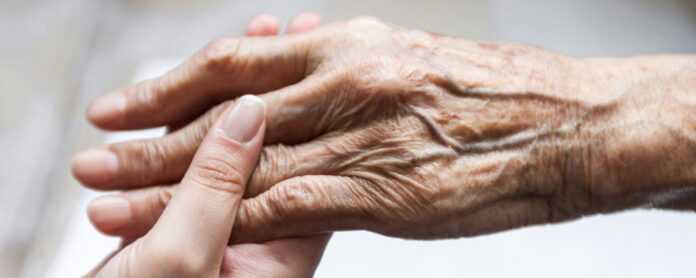Background
Hand injuries occur at any age and cause disability in hand and arm function as well as impaired quality of life, but no study has focused on hand disability and quality of life in the elderly after a hand injury. Globally, the population over 60 years of age is expected to double by 2050 and more hand injuries are estimated among the elderly population. Our goal is to obtain more information and a better understanding of problems elderly patients experience after a hand injury to be able in the future to optimally relocate resources in the health care sector with respect to numbers and injury pattern as well as to health status of these patients.
Methods
Patients aged more than 65 years with a traumatic hand/wrist/forearm injury treated (July 1st 2013 – June 30th 2014) at department of Hand Surgery, Malmö, Sweden were included. Health-related outcome questionnaires, i.e. QuickDASH, SF-36, Visual Analogue Scale (VAS), Cold Intolerance Severity Score (CISS), and general information were mailed to the patients (time from injury: > 1.5–2.5 years). The participants were compared in groups according to age, gender, cold intolerance, injury severity and previous occupation.
Results
One hundred and thirty-seven participants responded [response rate 55%; non-responders (n = 113); only difference between groups was that non-responders were older]. Women were older than men at the time of injury (p = 0.04) and differed regarding living conditions. The main differences in QuickDASH, all VAS questions, and the majority of SF-36 subscales (p < 0.05) were found in the participants with CISS > 50, who experienced more impairment. More serious injuries (Modified HISS) were found to have higher QuickDASH and CISS score as well as more functional impairment (p < 0.05). Few differences were found in groups divided according to age, gender (although men experiencing less functional impairment in QuickDASH), previous occupation and injured hand.
Conclusions
Patients aged more than 65 years at the time a hand injury was sustained, generally experience a high-level quality of life and limited functional problems after such an injury, but patients with CISS > 50 and with a more serious injury were more severely affected.
Overview:
This study uses a myriad of tests and assessments to understand not only the physical affects of hand injuries on the elderly, but also their general quality of life after such injuries occur. This is an important aspect to explore because allowing the elderly some independence in their daily lives is significant in their self-images as competent persons. Taking away their capabilities in small, seemingly insignificance ways can compound into a larger feeling of powerlessness. The goal of researching this area is to bring back a sense of independence and self-esteem by designing inclusive and accessible products.




